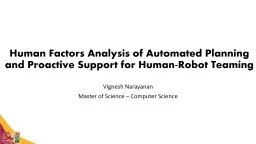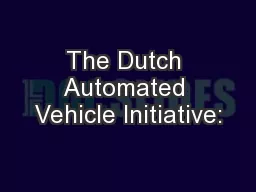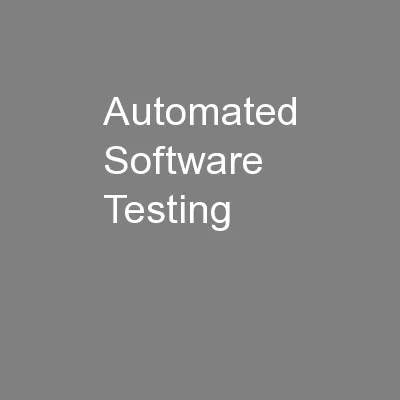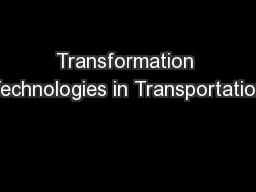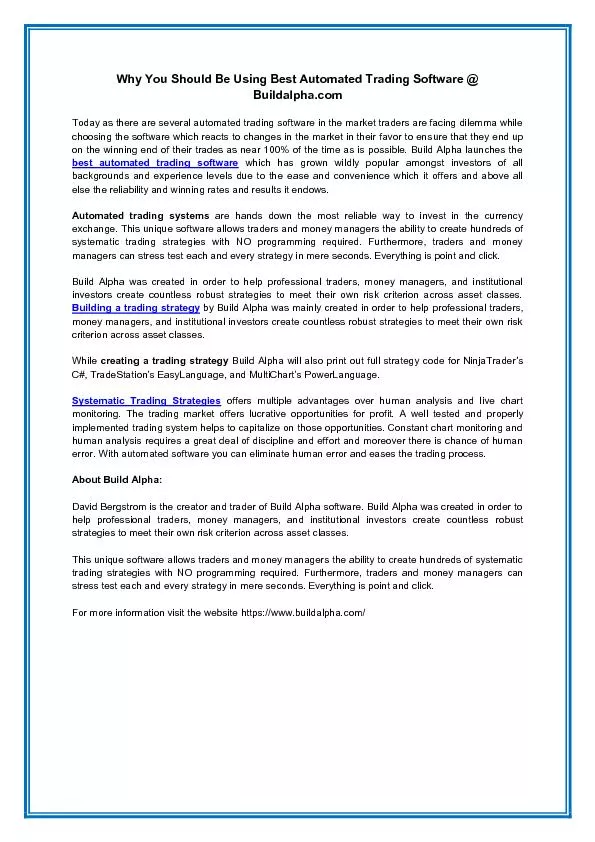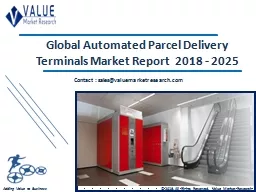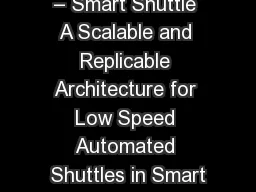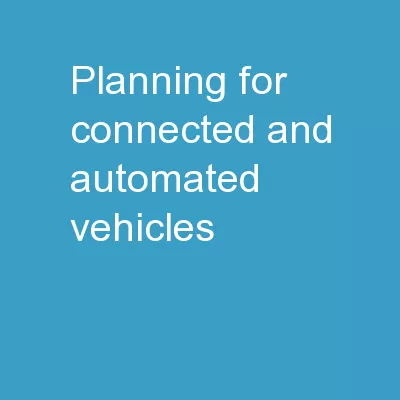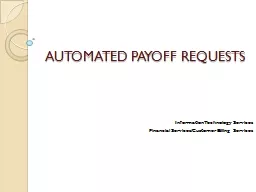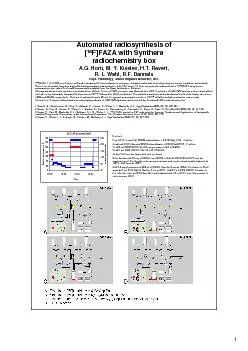PPT-Human Factors Analysis of Automated Planning Technologies f
Author : mitsue-stanley | Published Date : 2017-11-29
Vignesh Narayanan Master of Science Thesis Defense Graduate Supervisory Committee Dr Subbarao Kambhampati CoChair Dr Yu Zhang CoChair Dr Nancy Cooke Dr Georgios
Presentation Embed Code
Download Presentation
Download Presentation The PPT/PDF document "Human Factors Analysis of Automated Plan..." is the property of its rightful owner. Permission is granted to download and print the materials on this website for personal, non-commercial use only, and to display it on your personal computer provided you do not modify the materials and that you retain all copyright notices contained in the materials. By downloading content from our website, you accept the terms of this agreement.
Human Factors Analysis of Automated Planning Technologies f: Transcript
Download Rules Of Document
"Human Factors Analysis of Automated Planning Technologies f"The content belongs to its owner. You may download and print it for personal use, without modification, and keep all copyright notices. By downloading, you agree to these terms.
Related Documents

